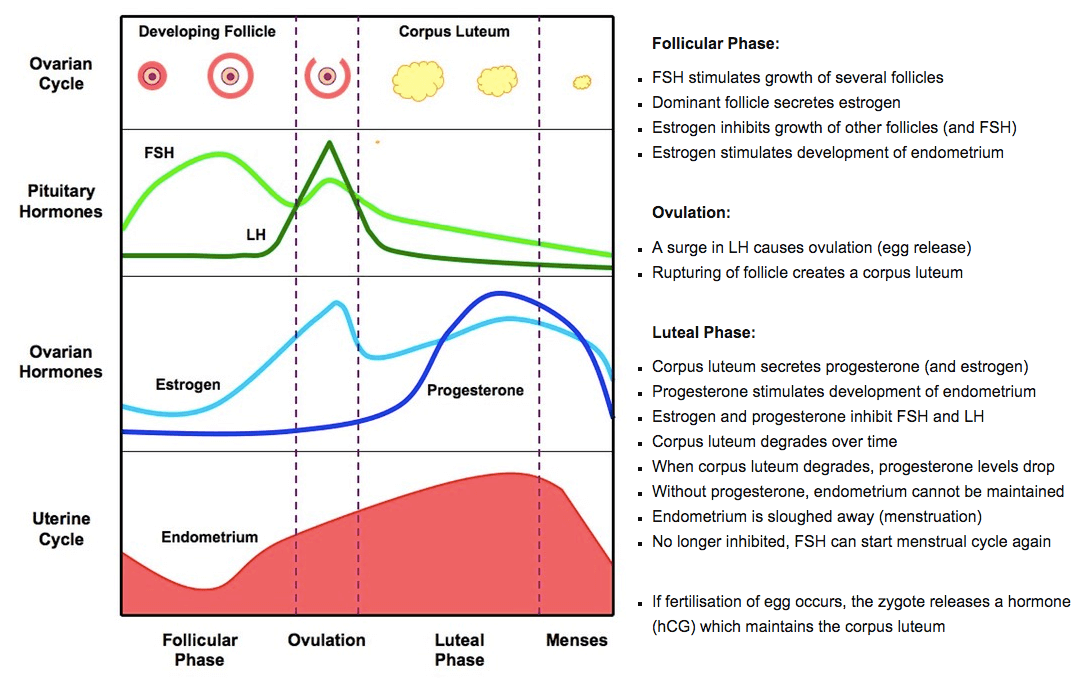Saliva testing is a non-invasive method to measure hormones levels such as cortisol, estrogen and testosterone. This sampling method allows patients to collect saliva at home at specific times, which is important for accurately measuring hormone levels that change over time.
Q: Why do we test hormones in saliva?
A: Hormones found in the bloodstream are 95-99% bound to carrier proteins. While bound to protein, they are unable to cause an effect in the body. Instead, it is only the free fraction of hormones, the 1-5% that are not bound to protein that are active in your body.
Q: Are Saliva Tests Accurate?
A: Confusion still exists over the reliability of saliva testing. Here’s why…The initial studies compared serum protein-bound tests with saliva ‘free’ fraction tests and found poor correlations. Further studies that compared serum ‘free’ fraction tests with saliva ‘free’ fraction tests found very close correlation. In other words, appropriate comparison studies between ‘free’ fraction hormones through blood and saliva showed both testing methods were accurate. (The saliva test simply costs 10 to 20 times less.)

One advantage of saliva testing is that it measures the free fraction of hormones.
Benefits of Saliva Testing
- Saliva testing better relates to specific symptoms of excess or deficiency
- Saliva Testing is a good option for monitoring hormone therapy.
- Saliva testing also has the secondary advantage of being non-invasive (no needles). This allows for easy repeat testing of hormones over time, allowing more complete picture of homormal cycles such as the monthly female cycle as well as the daily cortisol (stress hormone) cycle.
- Because levels of these hormones vary widely during the month and day, repeate testing allows a much more complete picture of the function of that system.
Measuring hormone levels of the female cycle at only one moment during the month, or cortisol levels at only one moment during the day, is equivalent to a single snap shot of information. Testing these hormones throughout the cycle gives the clinician a series of snapshots, instead of just one, enabling you and your clinician to better understand the interrelationship of the hormones over time.
Why look at one picture when instead you can see the whole movie?
Viewing the changes in hormone levels over time leads to more accurate diagnoses and more effective clinical outcomes.
Salivary testing is accurate. In fact, it has even been used by the U.S. government to assess hormone shifts in astronauts before flight and to evaluate hormonal profiles of soldiers undergoing military survival training.
Saliva testing is not new. The clinical use of saliva testing occurred at least as early as 1836 in patients with bronchitis.
